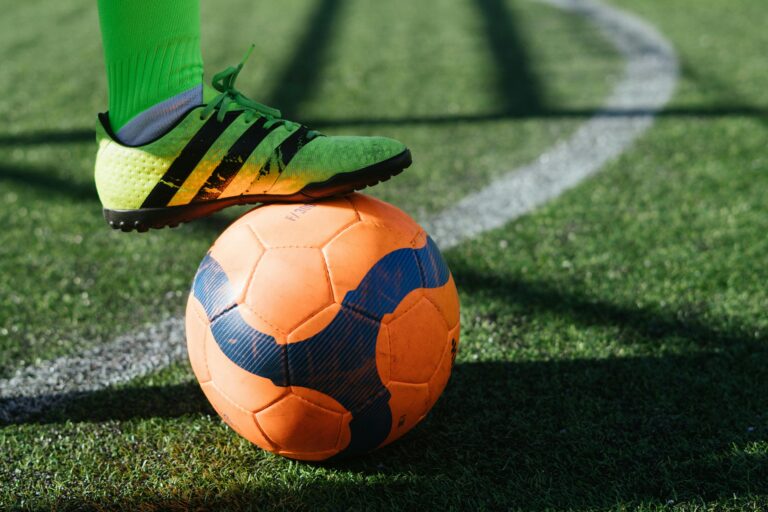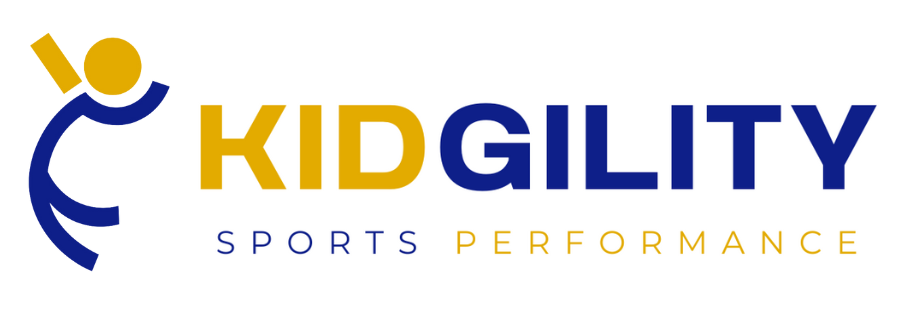
Introduction
Choosing the right soccer shoes for kids is not just about their performance on the field—it is about safety, comfort, and making practical decisions as a parent. With youth players constantly growing and soccer often played across different surfaces, finding the right balance between cost, fit, and injury prevention can be challenging. Let us break down the distinct types of soccer shoes, their advantages, and the tradeoffs you might face as a parent.
Playing Surfaces
Natural grass is probably the most popular soccer playing surface around the world, especially in the professional game. Well maintained grass is great for playing soccer as it is soft and more forgiving on players. Artificial (synthetic) turf is typically much firmer than natural grass as it is usually laid (with some padding) over concrete and thus is less forgiving on players. Hard flooring such as gyms are an even firmer surface.
In the youth soccer game, well maintained grass fields are rare, instead, grass fields are typically patchy with uneven surfaces. Furthermore, weather conditions do not help grass fields as on the one hand rainfall causes muddy conditions while on the other the extreme heat makes the grass dry and hard. Youth soccer players experience different playing surfaces. Practice may be on grass fields followed by games on artificial turf and in the cold months, play could move to a gym.
Playing Shoes
Differences in playing surfaces and weather conditions naturally lead us to differences in soccer shoes that provide various levels of traction, comfort, and durability. In general, there are four types of soccer shoes:
Cleats (studs/boots) are the most common type of soccer shoes, and they come in two general flavors, firm ground (FG), or soft ground (SG). Firm ground cleats are designed for natural grass fields that are dry or slightly damp. Soft ground cleats are designed for soft and muddy grass fields. Soft ground cleats are designed with longer studs and can dig into wet surfaces for extra grip. Cleats are not suitable for hard surfaces such as gyms as they can damage the flooring, and they do not offer the right level of traction.
Artificial turf (AG) shoes are designed with shorter studs or a variety of sole patterns to offer traction on artificial turf fields. Furthermore, these shoes typically have extra padding to support the player on the firmer turf fields. Artificial turf shoes do not work as well on grass or gyms as they do not provide the necessary grip.
Indoor soccer shoes are designed with flat rubber soles that are more suited for hard gym floors. On the other hand, these shoes do not provide enough traction on grass or artificial turf fields and may cause slipping on these surfaces.
Hybrid (multi-ground) cleats offer a versatile solution for switching between grass and artificial turf. Hybrid cleats might be a reasonable option if frequently switching between fields and offer obvious budget advantages. However, hybrid cleats can be slippery.
Why Choosing the Right Pair of Shoes Matters
Injury Risk – Outside of overuse injuries, ankle and knee injuries are the most common location of injury in the game of soccer. Furthermore, research suggests that there are higher rates of lower extremity injuries from playing on artificial turf as opposed to well-maintained grass. Moreover, it is also common to see young soccer players practicing on poorly maintained grass fields. Therefore, selecting the right type of soccer shoe for the specific surface may help with injury prevention.
Reduced Performance – poor grip and comfort can affect speed, control, balance, and power.
Quick Guide to Match Shoes to Surfaces
| Natural Grass | Artificial Turf | Gym | |
| Cleats | Ideal | Not ideal | Not recommended |
| Turf | Not ideal | Ideal | Not recommended |
| Indoor | Not recommended | Not recommended | Ideal |
| Hybrid | Reasonable option | Reasonable option | Not recommended |
Conclusion
While having surface-specific shoes offers optimal performance, it may not be practical for growing kids or parents on a budget. Investing in multiple pairs ensures better traction and injury prevention for specific surfaces, but the cost adds up quickly. On the other hand, a single versatile pair, like hybrid (multi-ground) cleats, offers convenience and cost savings but may not perform as well on extreme surfaces (too soft or wet grass).
Understanding your child’s playing environment and frequency of play can help you decide whether multiple pairs or a single versatile option is the better choice.
Regardless of the type of shoe, it is important to consider how well they fit. At Kidgility we recommend that you measure your child’s feet and pick soccer shoes that are snug fitting but not too tight to help provide more ankle stability and reduce the risk of injuries.
By focusing on fit, durability, and appropriate surface traction, you can set your young soccer star up for success while minimizing the risk of injury. And remember—kids grow fast, so plan ahead and make smart investments to keep them safe and playing their best!
